How to Create Your Own Victory Garden During COVID-19
By: Taryn Hogeland and Jason Smith, Milton Hershey School Agricultural and Environmental Education staff
Victory gardens are deep in our American history after traumas of war and during stressful times on our food supply. COVID-19 has brought many back to our victory-garden roots. These gardens are a place for independence and having control on what food and how your food is grown. No victory garden is the same, so we encourage you to be creative in your gardens and bring back the art of gardening! Below are helpful tips to reference while creating your victory garden.
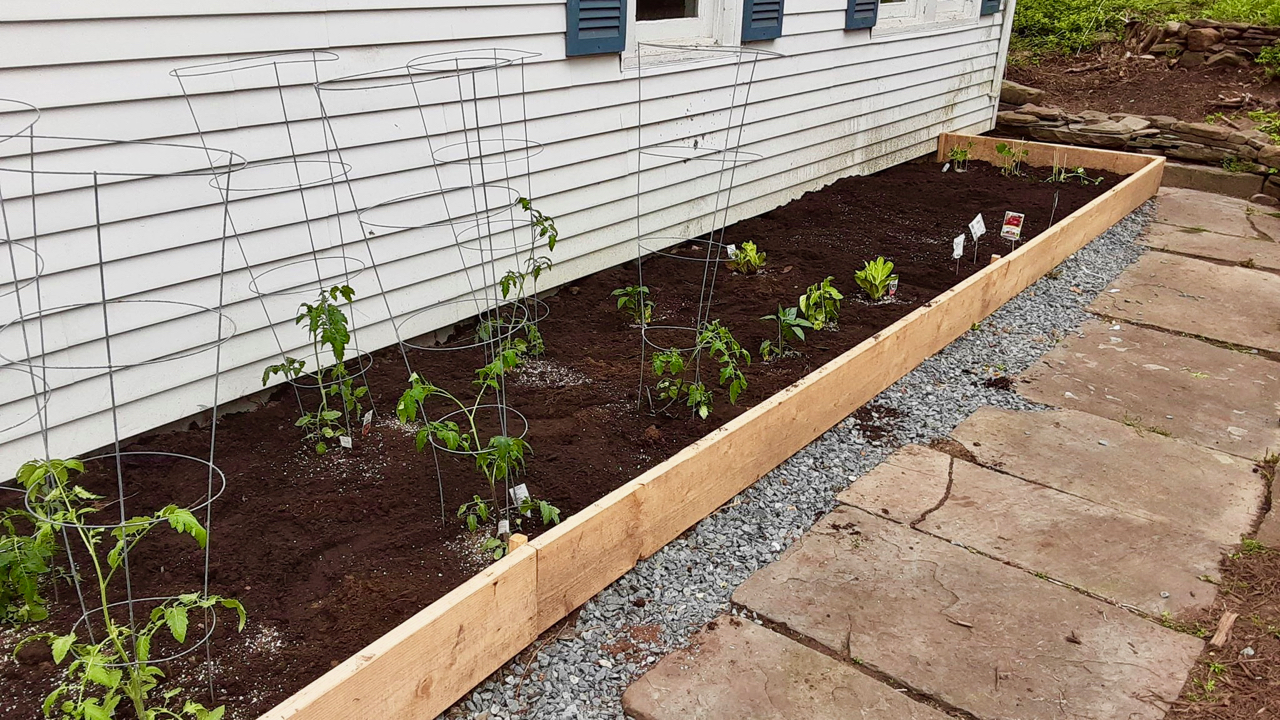
Photo courtesy of MHS student Patrick Stevens ’21.
Site Selection: Seek the Sun but Plan for Watering
Shade from houses or trees limits the amount of food a garden can produce. Garden plants typically require “full sun,” which means they need at least six hours of direct sunlight per day—but more is better.
Even sunny gardens produce poorly when they are not watered regularly. Try to locate your garden within reach of a hose and where you will see the plants daily and remember to water them.
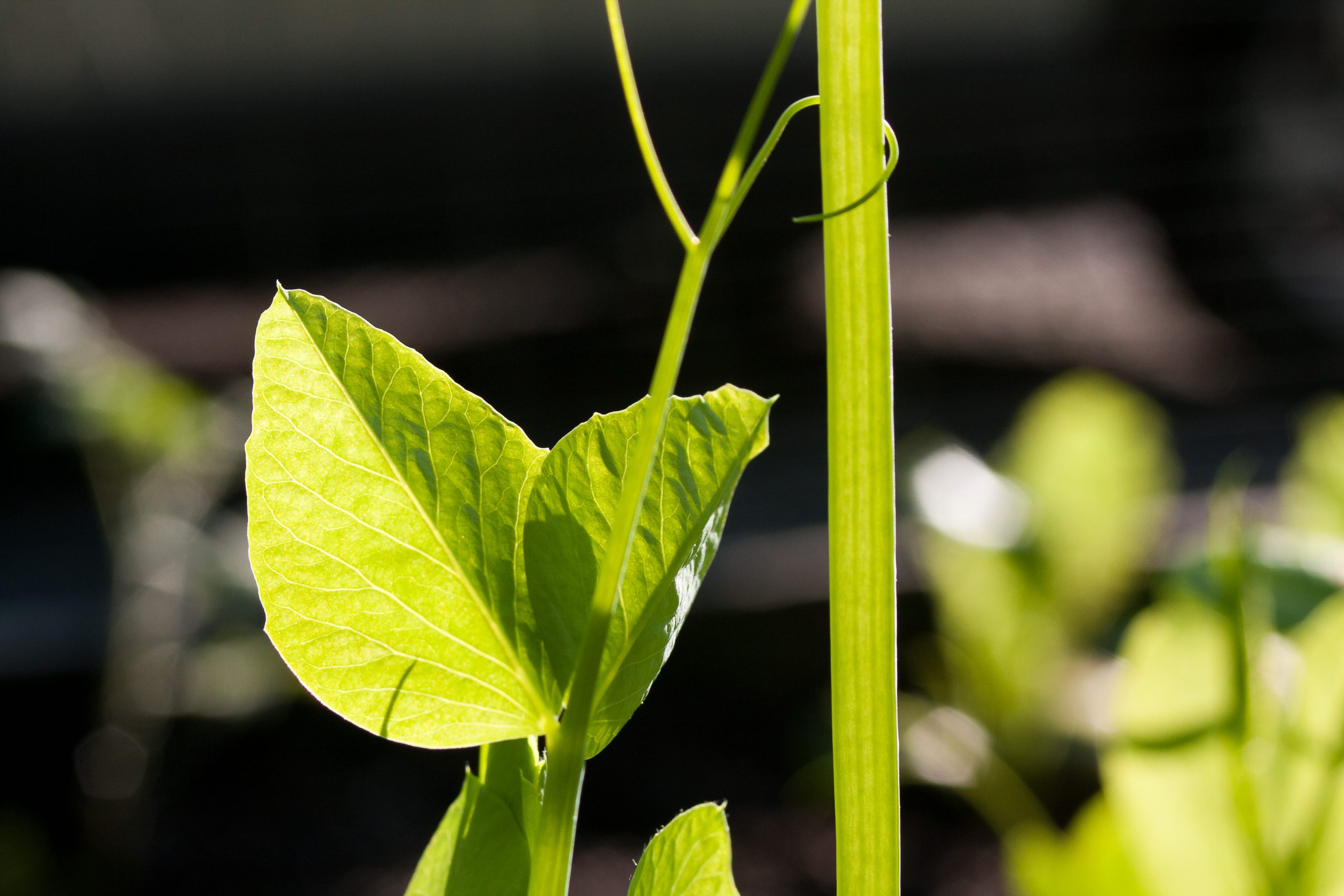
Photo courtesy of Jason Smith
Soil Preparation: Compost Makes it Better
The addition of compost can make any soil easier to turn, better at collecting rainwater, and more nutritious for plants. Some boroughs offer free leaf compost, but you also can buy mushroom compost from your local garden center. Mix in about 1 inch of compost per year.
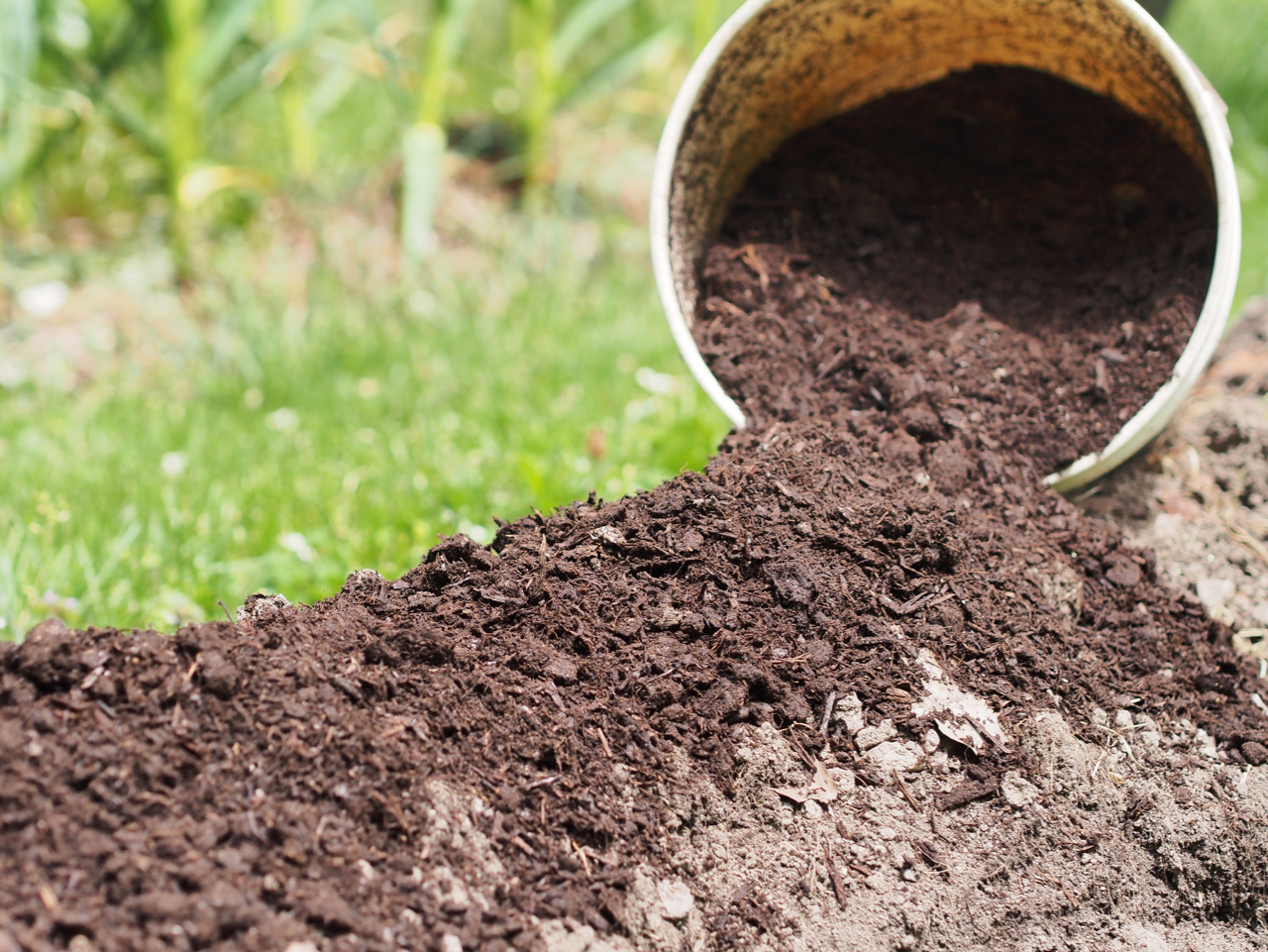
Photo courtesy of Jason Smith
Planning for Weeds
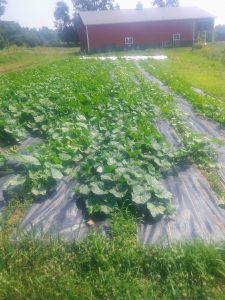
Photo courtesy of Taryn Hogeland
Adding a ground cover that is biodegradable can eliminate weeding in your garden. Ground covers could be cardboard boxes broken down so they lay flat on the soil, newspaper weighed down with rocks or soil, grass clippings laid out about 2-to-4 inches thick, or even straw that can be bought from a local farmer. All of these materials stop sunlight exposure, which weeds need to grow. Most importantly, use a ground cover that can break down and won’t be harmful to your soil.
Alternative Gardens
You don’t need a backyard to produce your own food. Vegetable plants, herbs, and flowers can be grown on patios, decks, balconies, and even on window sills. Tomato, squash, cucumber, and pepper plants need larger pots and full sun to produce their crop. There are smaller varieties of tomato and pepper plants that can be grown in smaller pots. Lettuce, salad greens, turnips, radishes, carrots, and herbs can be planted in smaller pots and placed on a window sill if there is no outdoor space.
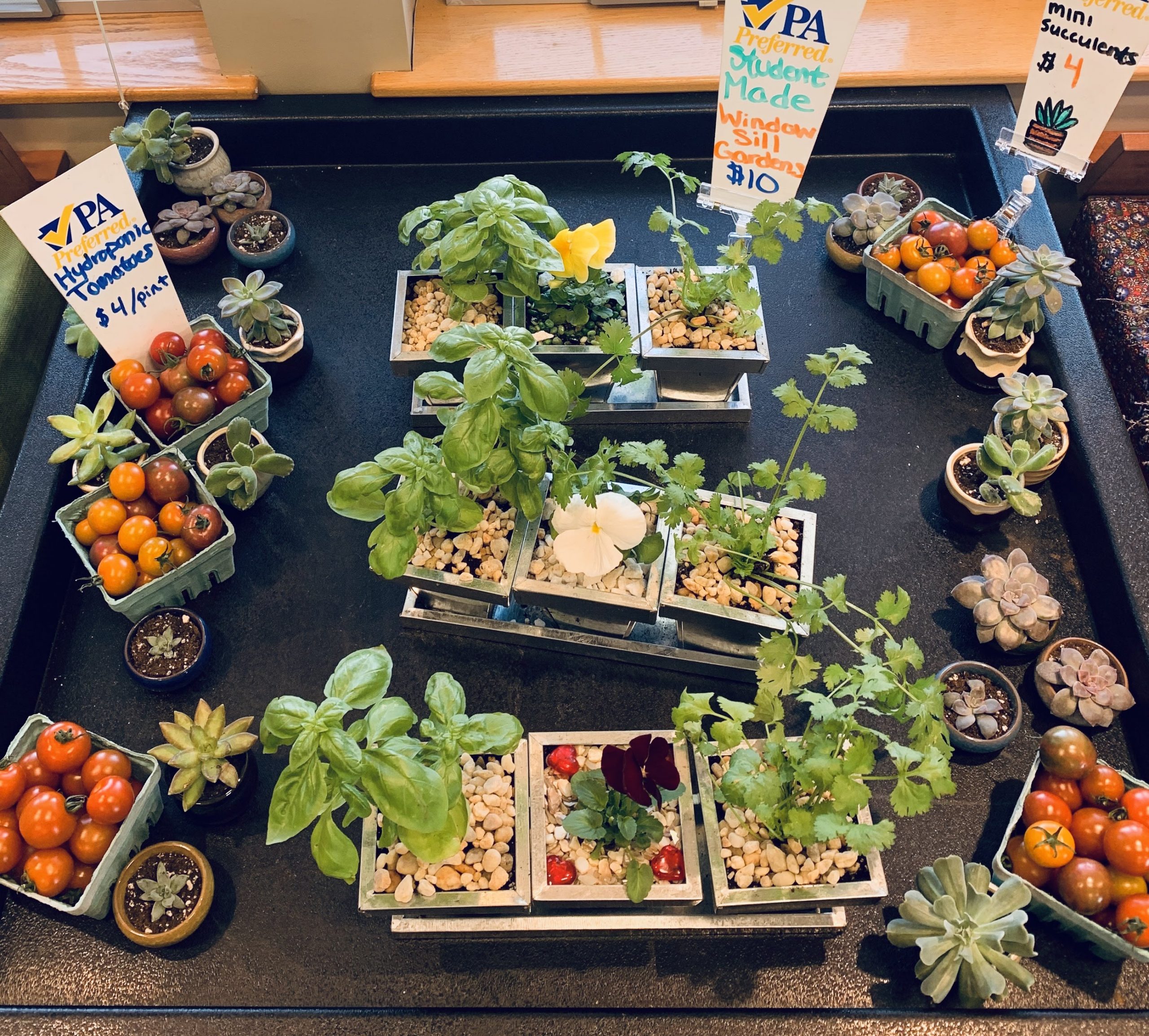
Photo courtesy of Taryn Hogeland
Recycled Containers
Produce can be grown in many different containers, so become creative with what you have around the house! Larger vegetable plants can be grown in 5-gallon buckets or old plastic tote containers, while smaller vegetables can be planted in ice cream buckets, cans, and egg cartons. Herbs and small flowers can be planted in old shoes, mugs, and plastic bottles cut in half. Make sure to have a few drain holes in the bottom of the containers and that there were no harmful materials previously in them.
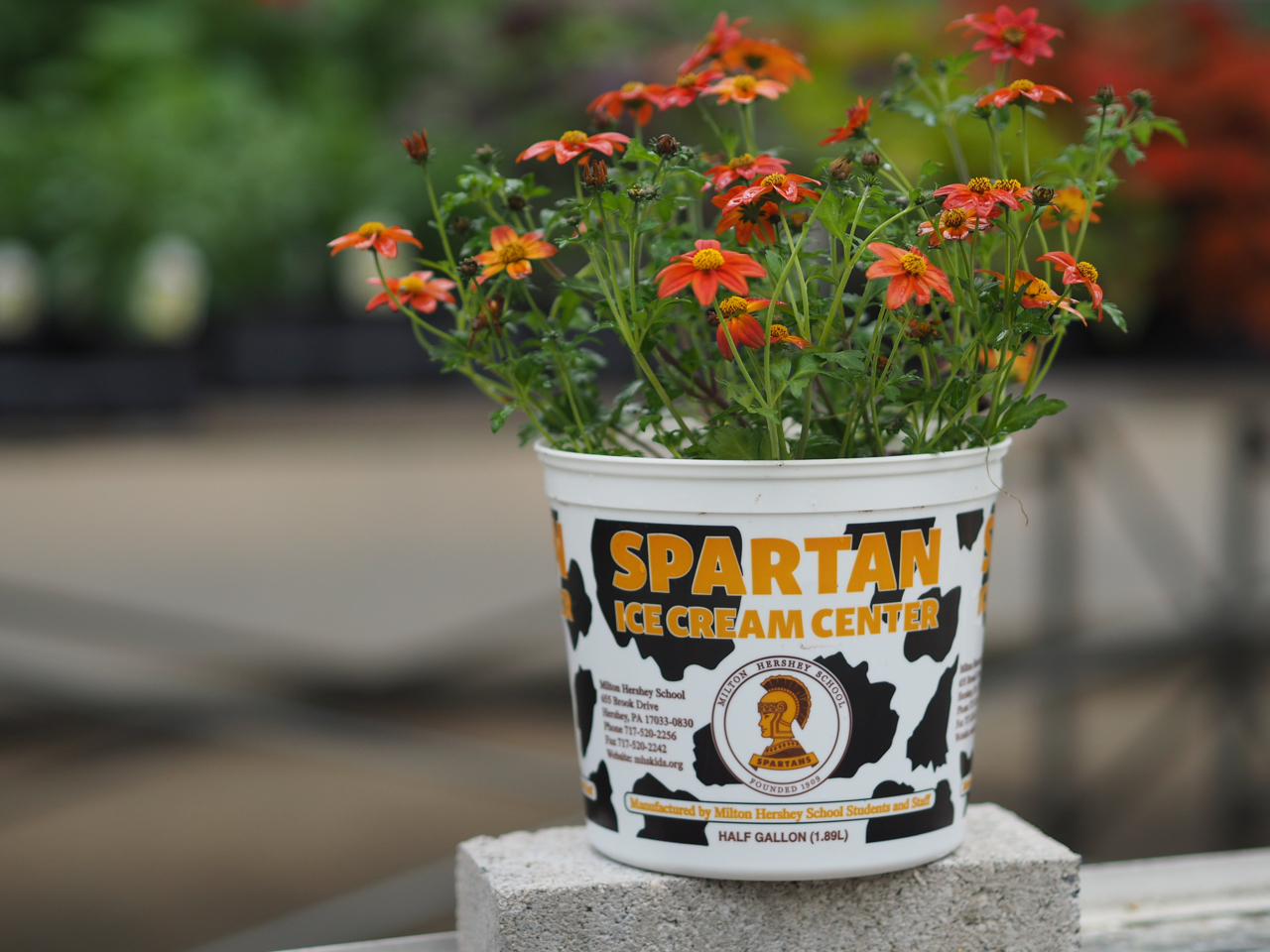
Photo courtesy of Jason Smith
Transplanting vs. Seeding
During mid-May it is better to transplant slow fruiting crops, such as tomatoes and peppers, in your garden, rather than plant them by seed. Other crops, including lettuce, turnips, and radishes, can be started by seed since they grow quickly. Transplants can be found at a local greenhouse, garden supply store, or hardware store. There are online sources that create calendars for seeding and transplant dates based on where you live. To create your planting calendar visit this site.
Proper Spacing
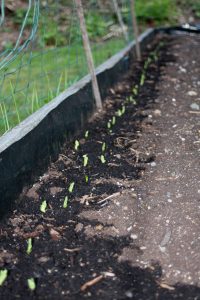
Photo courtesy of Jason Smith
Spacing is key when growing vegetables, flowers, and herbs. Most large vegetables can be grown if given around 1.5-to-2-foot spacing between plants. Flowers generally need 6-inches-to-1-foot spacing. Smaller vegetables only need 6 inches of spacing. The taller and ground covering plants need more space. Ground covering plants can be used under tall plants to cover up potential weeds. Be creative in the layout of your garden to cover weeds and use it to its full potential!
Pollinator Plants: Give Back to Nature
Did you know that honeybees and other pollinators are facing their own disease pandemic? You can help them by planting native flowers. Great options include zinnia, salvia, and sunflower (annuals), and coneflower, milkweed, beebalm, lavender, and black-eyed susan (perennials). For more information on pollinator plants, visit this site.
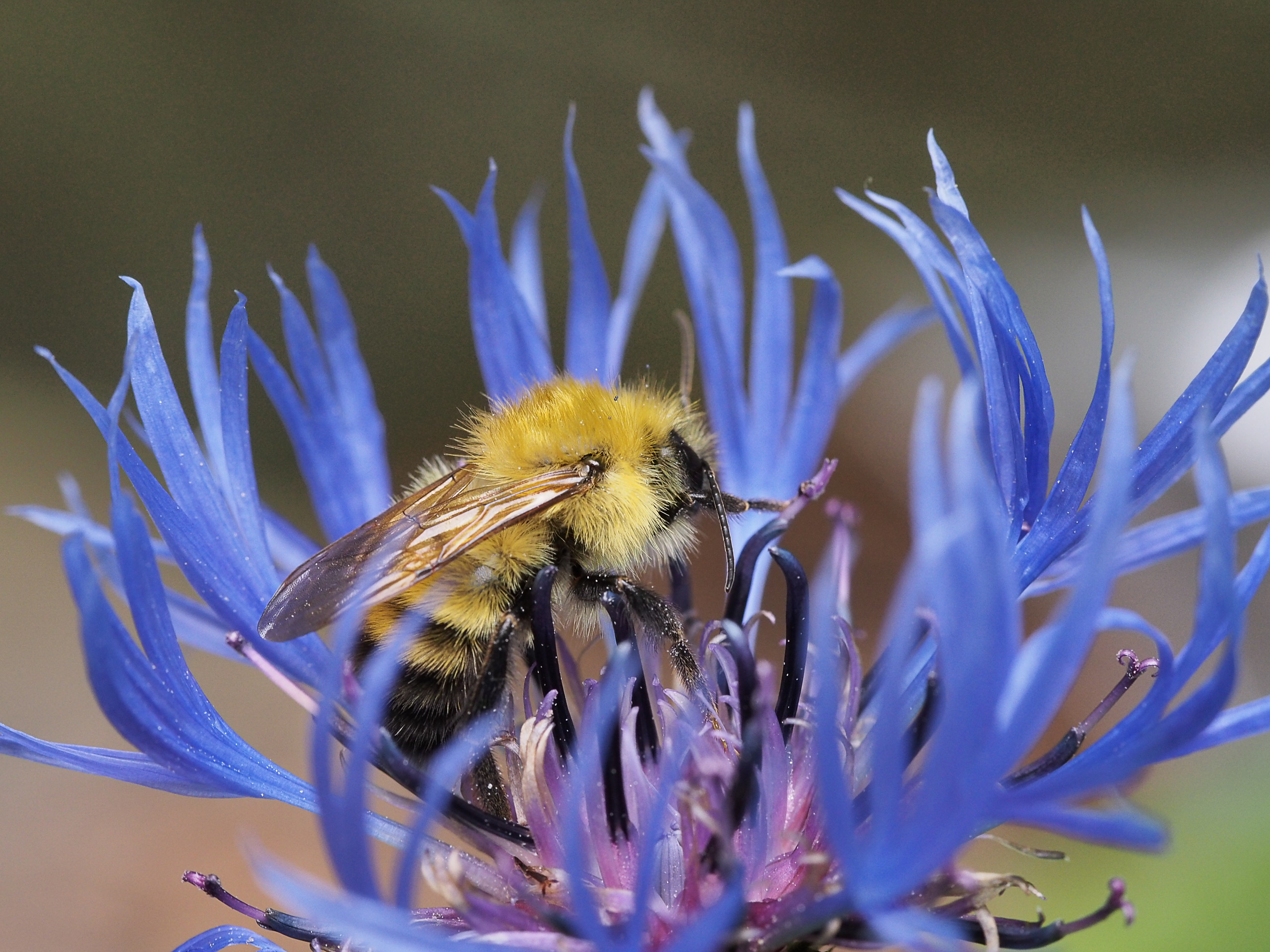
Photo courtesy of Jason Smith
Pests: Nature’s Tax Collectors
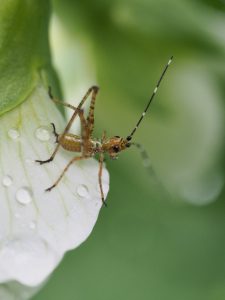
Photo courtesy of Jason Smith
Adding a fence is a good idea if you have nearby rabbits or groundhogs. Predatory insects keep most pest insects under control in small gardens. For any insect problems that get out of control, you can contact the MHS Horticultural Center for advice.
Begin Composting: Reduce Waste and Feed Plants
Natural bacteria and fungi can easily turn food scraps, grass clippings and leaves back into valuable compost for your garden. There are many ways to compost, but leave out meat scraps and fats so you don’t attract mammals, and add dry leaves to prevent sour smells. For more composting tips check out this site.

